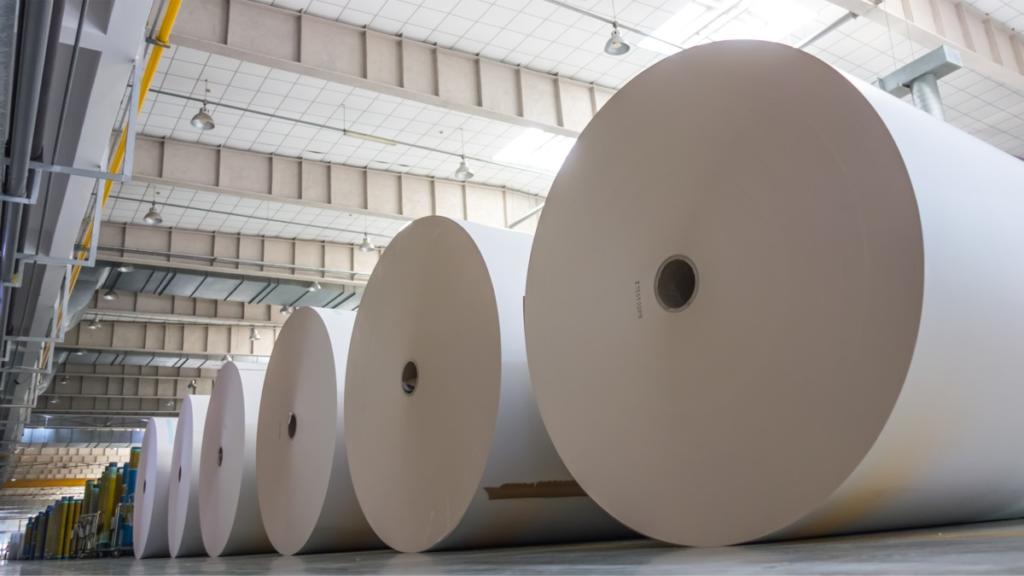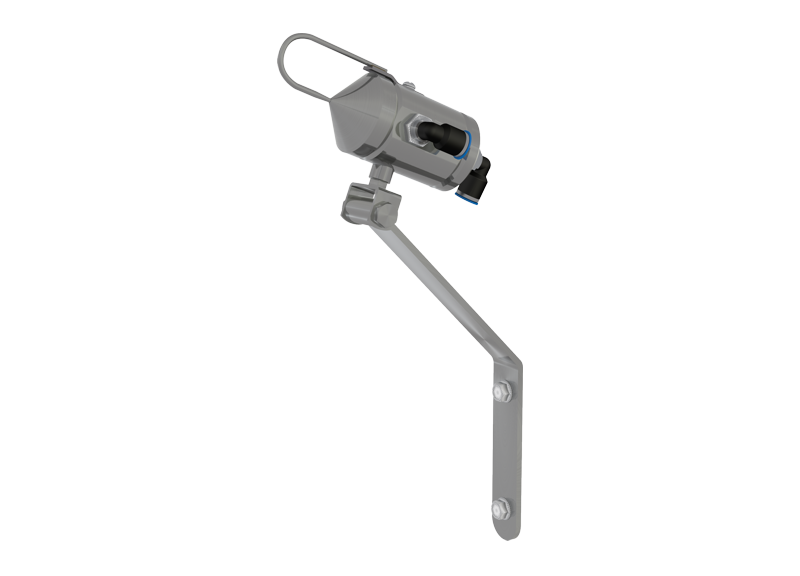-
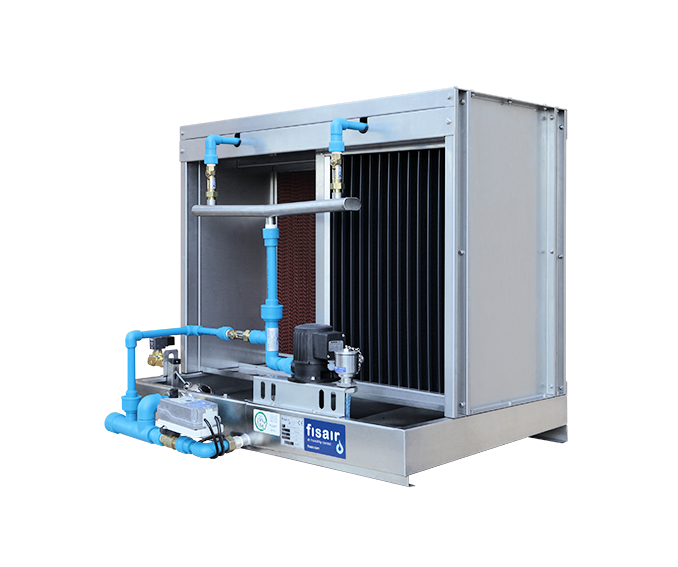 The most hygienic and efficient.Contact panel evaporative humidifiers, with the best performance on the market for efficiency at lower pressure drop and certified hygiene.
The most hygienic and efficient.Contact panel evaporative humidifiers, with the best performance on the market for efficiency at lower pressure drop and certified hygiene. -
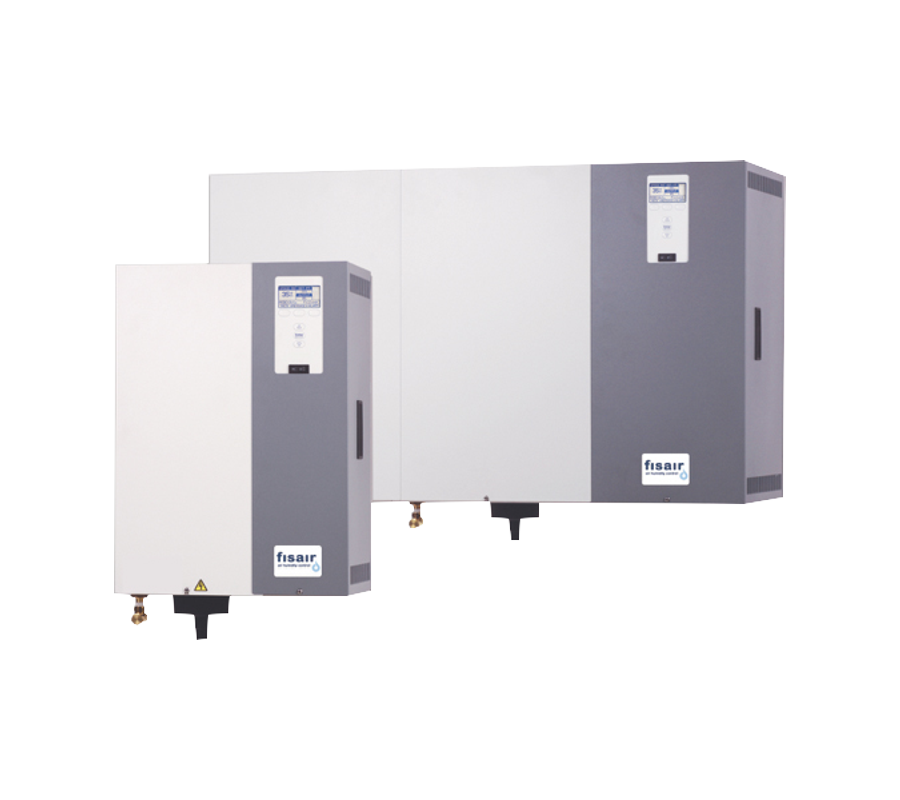 Isothermal self-producer steam humidifiers by submerged electrodes; resistant, compact, economic and precise. It has a stainless steel chassis, controller and wide selection of dispersion systems in accordance with the absorption distance.
Isothermal self-producer steam humidifiers by submerged electrodes; resistant, compact, economic and precise. It has a stainless steel chassis, controller and wide selection of dispersion systems in accordance with the absorption distance. -
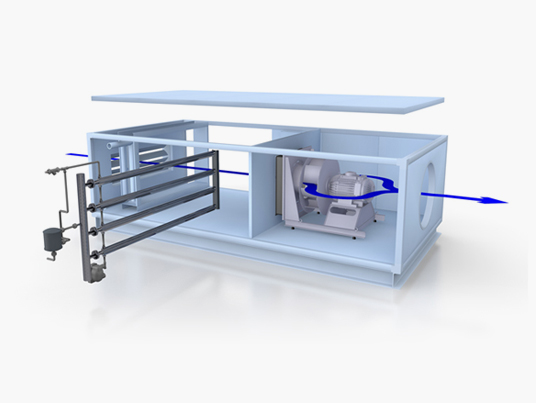 Steam injection humidifiers system designed for work with pressurized boiler steam, with double jacketed piping and steam separator. Air humidification systems.
Steam injection humidifiers system designed for work with pressurized boiler steam, with double jacketed piping and steam separator. Air humidification systems. -
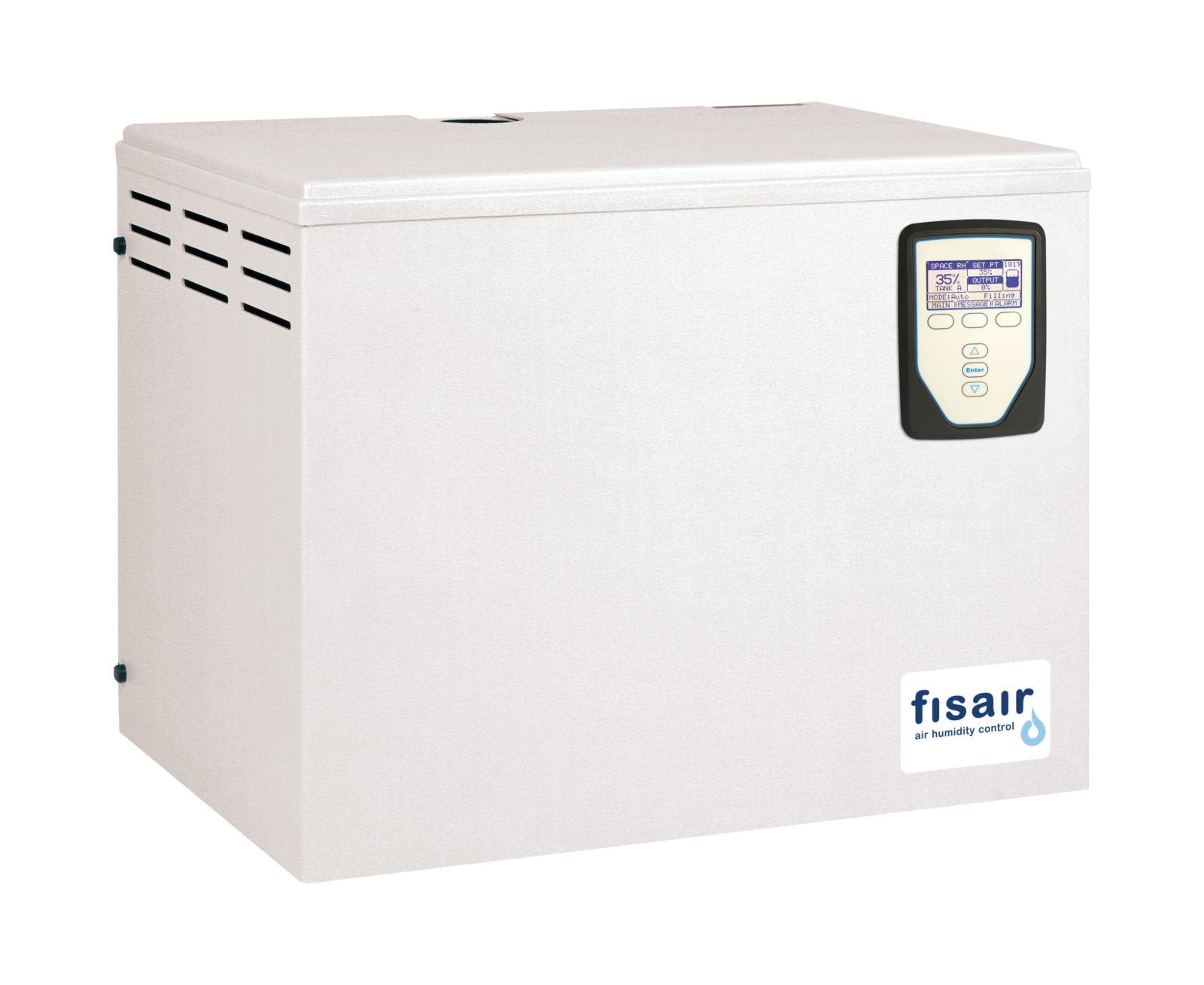 Electric heater isothermal sefl-generating steam humidifiers. Similar to the electrode option but used for any supply water quality. Proportional control.
Electric heater isothermal sefl-generating steam humidifiers. Similar to the electrode option but used for any supply water quality. Proportional control. -
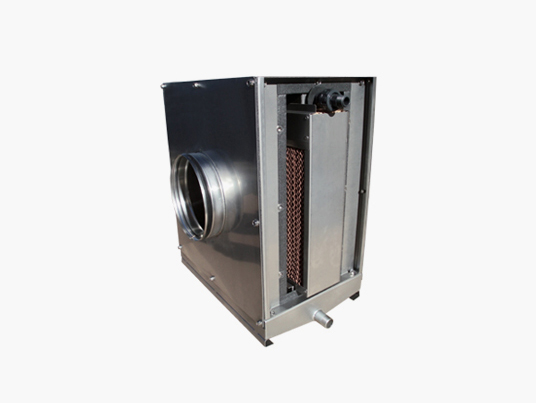 Low height solution The hygienic range for reduced heights enables the use of these systems in false ceilings in commercial premises or offices.
Low height solution The hygienic range for reduced heights enables the use of these systems in false ceilings in commercial premises or offices. -
 Most hygienic and efficient. Contact panel evaporative humidifiers, with the best performance on the market for lower pressure drop efficiency and certified hygiene. Contact panel evaporative humidifiers, with the best performance in the market for lower pressure drop efficiency and certified hygiene.
Most hygienic and efficient. Contact panel evaporative humidifiers, with the best performance on the market for lower pressure drop efficiency and certified hygiene. Contact panel evaporative humidifiers, with the best performance in the market for lower pressure drop efficiency and certified hygiene. -
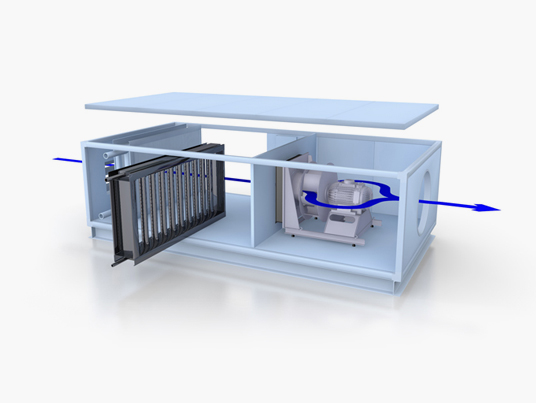 Steam injection/dispersion system for working with pressurised boiler steam or unpressurised steam generated by isothermal steam humidifiers.
Steam injection/dispersion system for working with pressurised boiler steam or unpressurised steam generated by isothermal steam humidifiers.
Paper has hygroscopic properties, that is, its moisture content varies in accordance with the humidity of the surrounding environment.
Moisture control is very important in the printing process as excessive moisture can cause jams in the press and heating on the rollers during production.
Adversely, if an environment becomes too dry, it can change the physical properties of the paper; contraction of dimensions or ripples on the surface, since these are determined by moisture content.
With a humidification system in place it is possible to maintain a constant RH suitable for the product, therefore protecting quality and contributing to increased productivity.


